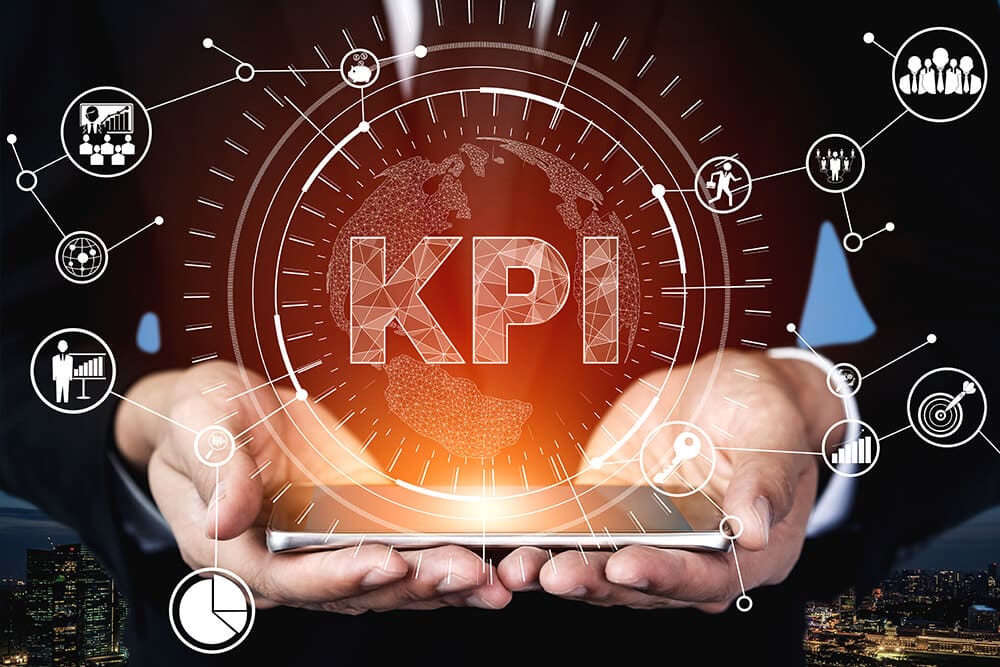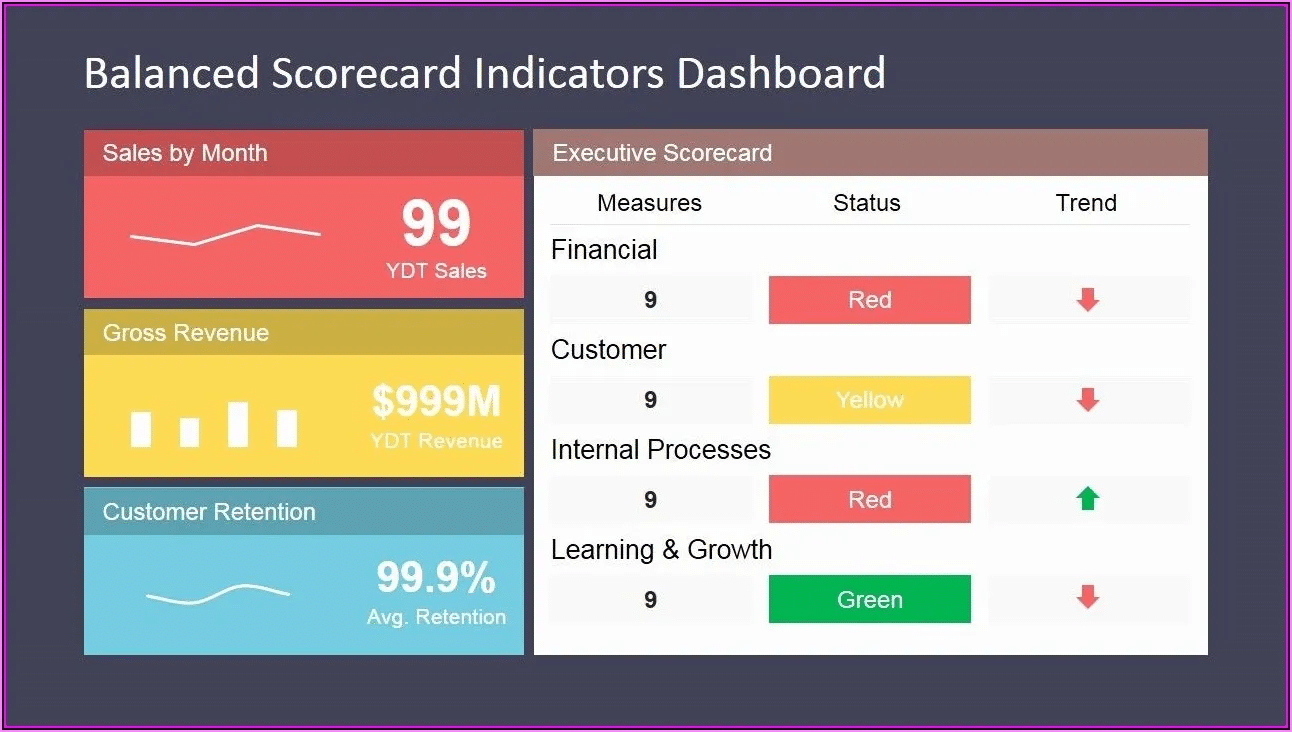If you’re a Channel Chief, Strategic Alliances Director, or CRO, you already feel the pressure. Partner ecosystems have matured. The stakes are higher. And “managing” your partner program isn’t enough anymore. What is the difference between programs that deliver a predictable pipeline and those that stall out? One word: Engineering. Alternate: Architecture.
Here’s the problem: many channel partner leaders are stuck in a reactive loop; chasing reports, juggling misaligned KPIs, onboarding partners too slowly, and struggling to prove ROI. Meanwhile, high-performing ecosystems are implementing structured systems that facilitate faster partner activation, foster co-selling momentum, and inform insight-driven decisions.
So ask yourself:
- Are your internal teams and partners aligned around shared KPIs?
- Can you onboard a partner and have them generate pipeline in 30 days or less?
- Do you have a system for tracking partner performance in real time?
- Are you still depending on outdated tools and fragmented enablement?
If these questions feel uncomfortably familiar, you’re not alone. And you’re not behind—yet.
Here are 7 proven ways to engineer (or architect) scalable, measurable partner program growth:
1. Align KPIs That Matter, Internally and Externally
One of the biggest silent killers of partner momentum? Misaligned metrics.
Your internal sales team may be chasing quarterly quotas. Your product team is focused on activation. Your partner is focused on co-marketing. And you, as a leader, are left trying to glue it all together. Without shared KPIs across your ecosystem, collaboration breaks down and momentum stalls.
Start by identifying KPIs that reflect joint success:
- Time-to-first-revenue
- Activation milestones
- Co-sell influenced pipeline
- Partner enablement completion
- Deal registration-to-close conversion rate
Imagine this scenario: Your partner team launches a new onboarding track. Meanwhile, your sales ops team tracks time-to-revenue differently than your partner manager. In quarterly reviews, you’re celebrating the completion of enablement while the CRO is questioning the revenue lag. That disconnect erodes trust and results.
Actionable Tip: Build a joint KPI framework and introduce a shared Partner Scorecard. Make it accessible, simple, and updated regularly. Use it not just to track, but to start strategic conversations.
2. Accelerate Partner Onboarding to Increase Velocity
Long onboarding times kill growth. Period.
If it takes a partner 90 days to get their first deal in the pipeline, you’re missing opportunities and patience. Many programs unintentionally overwhelm new partners with generic assets and unclear milestones. The result? Delays, disengagement, and missed expectations.
A more strategic approach: build onboarding as a role-based experience with time-bound milestones.
Imagine this: You onboard a new regional partner. Your system delivers a sales playbook customized for their sales team, a technical checklist for their sales engineers, and a co-marketing calendar for their demand gen team. All automated, all delivered in Week 1. By Week 4, they’re hosting a joint webinar with your field team. That’s onboarding velocity.
Actionable Framework:
- Map onboarding by role: sales, technical, marketing, exec sponsor
- Create Week 1–Week 4 milestone maps (30-day activation sprints)
- Introduce a feedback loop: What did they use? What did they skip?
- Automate metrics, check-ins, and content delivery where possible
3. Deliver Enablement That Aligns to Real Roles and Outcomes
Generic enablement doesn’t drive results; it creates disengagement.
Many partner programs consolidate all partners into a single training portal, featuring a collection of PDFs and pre-recorded webinars. But what does a partner sales rep truly need in their first 30 days? How does that differ from a technical lead or a marketing manager? Without tailoring content by role, you’re hoping for impact instead of engineering it.
Here’s the fix: Align enablement by role, by deal stage, and by outcome.
Imagine this: A new partner sales rep logs into your portal and is immediately guided through a short track: “Pitch, Position, Pipeline.” They complete a micro-certification on your product, watch a 5-minute role-play video on objection handling, and download a vertical-specific battlecard for their first call. You provide simple-to-follow directions for registering their deals. They’re ready to sell, not just watch training.
Actionable Moves:
- Segment enablement journeys by role (sales, tech, marketing, exec)
- Align training to buyer journey stages (awareness > evaluation > close)
- Include interactive elements: quizzes, simulations, and real case studies
- Add real-time coaching, office hours, and a help line for complex topics
4. Use Partner Scorecards to Drive Strategic Accountability
Tracking partner performance isn’t just about the numbers; it’s about the narrative.
When was the last time your team looked at a partner’s metrics and said, “We know exactly where to invest, and why”? Scorecards make that possible, but only if they track meaningful, consistent data across partners and internal teams.
Imagine this: You run a quarterly partner business review. Instead of chasing reports from five systems, you present a one-pager: Activation date, revenue to date, pipeline generated, marketing engagement, and support SLAs. Everyone nods, not only because it’s beautiful, but because it’s aligned.
Key Metrics to Include:
- Time to first deal
- Co-sell influenced revenue
- Deal registration conversion rates
- Product adoption and renewal rates
- Partner NPS or satisfaction scores
Action Tip: Don’t wait for the quarter to end. Set your scorecards to auto-refresh weekly. Use them in your partner check-ins to drive action, not just observation. Reward top performers and create visibility around areas for improvement.
5. Build a Culture of Collaborative Co-Selling
Co-selling sounds excellent on paper, until it collapses in execution.
Maybe your field sales team doesn’t trust partners to lead. Maybe your partners don’t know who to talk to on your side. Or maybe, incentives are misaligned. The truth is, co-selling can be your biggest growth engine when it’s engineered as a system, not a suggestion.
Imagine this: Your partner registers a deal, and within 24 hours, your channel manager sets up a co-sell sync with your AE. They co-create the account strategy, assign roles, and share a win plan. Three weeks later, the deal closes, and both sides share the credit and commission. Everyone wins.
How to Build It:
- Create a co-sell playbook: who does what, when, and how
- Align incentives between internal reps and partners (bonus or SPIFF)
- Set SLAs for deal acceptance and follow-up
- Run joint pipeline reviews every 2 weeks with key partners
- Capture learning from each win/loss and feed it back into your enablement
6. Let AI Power Your Partner Decisions
If you’re not using data to steer your partner program, you’re steering blind.
Many partner leaders are stuck compiling dashboards and digging through CRM exports. Meanwhile, AI and predictive analytics are already transforming how leading programs prioritize, support, and grow their partner ecosystems.
Imagine this: You log into your partner dashboard Monday morning. A predictive model highlights three partners at risk of churn, five with high cross-sell potential, and two who’ve slowed engagement. You didn’t spend hours creating this list—your system did.
AI-Driven Insights You Can Use:
- Forecast partner-sourced revenue by segment
- Identify inactive or underperforming partners before it’s too late
- Highlight next-best-action: enablement, campaign, or sales engagement
- Recommend content based on partner behavior and stage
7. Make Partner Education a Continuous Growth Engine
Initial training is just the beginning. The best partner programs turn education into an ongoing, strategic advantage.
Why? Because products evolve, markets shift, and buyer expectations rise. Without continuous learning, even your best partners lose momentum and a competitive edge.
Imagine this: A partner rep completes your sales fundamentals course in January. By April, they’re attending a live virtual workshop on handling enterprise objections. Come June, they join a session focused on understanding shifting buyer behavior and influencing decision-making. They’re not just trained, they’re transforming into consultative, market-ready professionals.
Strategic Education Framework:
- Offer learning tracks: beginner, intermediate, advanced
- Combine on-demand and live workshops to match learning styles
- Include certifications that boost partner credibility
- Reward progress with meaningful incentives, like early access to campaigns, additional MDF allocations, or priority for strategic planning sessions
Join the Partner Acceleration Bootcamp (PAB):
AchieveUnite’s 6-week immersive program gives your partner leaders the tools to understand business models, align investments, and accelerate program performance. It’s not just theory, it’s transformation, grounded in decades of experience. 👉 Register for the Partner Acceleration Bootcamp. Take the first step toward building or improving a partner program that delivers and scales.
Growth Isn’t Accidental. It’s Engineered.
The days of “good enough” partner management are over. Growth comes from structure, speed, and strategy. Whether it’s aligned KPIs, onboarding acceleration, or AI-enhanced decisions, winning partner programs are built, not improvised.
This isn’t about doing more. It’s about doing better. With intention. With systems. With leadership. If you’re ready to stop reacting and start engineering real partner program growth, your next move is clear, and we are here to take you to the next level. Contact us to find out more.
For more insights and resources on partnership strategies, visit AchieveUnite.







